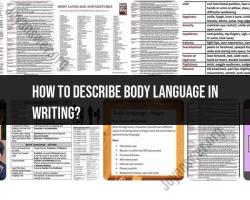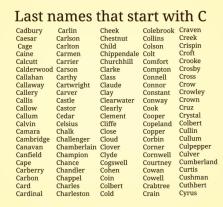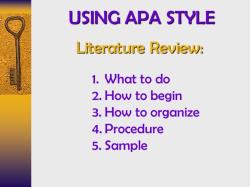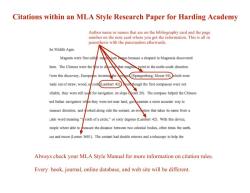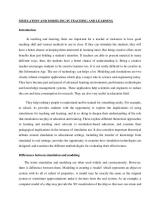What are the basics of good writing?
Good writing is characterized by clarity, coherence, and effective communication. Here are some fundamental principles and basics of good writing:
Clarity:
- Clear Purpose: Clearly define the purpose of your writing. Know what you want to convey to your audience.
- Clear Thesis Statement: For essays and articles, have a concise thesis statement that outlines the main idea.
Organization:
- Logical Structure: Organize your ideas in a logical and coherent manner. Use clear transitions between paragraphs and sections.
- Introduction and Conclusion: Have a strong introduction to grab the reader's attention and a conclusion that summarizes key points and leaves a lasting impression.
Conciseness:
- Avoid Redundancy: Eliminate unnecessary words and phrases. Every word should contribute to the clarity and effectiveness of your message.
- Brevity: Be concise and to the point. Avoid unnecessary details that do not add value to your writing.
Grammar and Punctuation:
- Correct Grammar: Pay attention to grammar rules. Use proper sentence structure and avoid common grammatical errors.
- Punctuation: Use punctuation appropriately to enhance readability. Be mindful of commas, periods, semicolons, and other punctuation marks.
Vocabulary:
- Appropriate Language: Use language that is suitable for your audience and purpose. Avoid jargon unless your audience is familiar with it.
- Varied Vocabulary: Employ a diverse range of words to prevent monotony and enhance expressiveness.
Tone and Style:
- Consistent Tone: Maintain a consistent tone throughout your writing. Match your tone to the purpose and audience.
- Appropriate Style: Choose a writing style that fits the context. Academic, formal, informal – adapt your style accordingly.
Audience Awareness:
- Know Your Audience: Understand the needs and expectations of your audience. Tailor your writing to effectively communicate with them.
- Address Reader's Questions: Anticipate and address potential questions your readers might have.
Revision and Editing:
- Revise and Proofread: Take the time to revise your work. Check for errors in grammar, spelling, and punctuation.
- Seek Feedback: Get feedback from others to gain different perspectives and improve your writing.
Originality and Creativity:
- Unique Perspective: Offer a fresh perspective or unique insights on the topic.
- Creative Elements: Use creativity in your writing to engage and captivate your audience.
Readability:
- Paragraph and Sentence Length: Maintain a balance between short and long sentences. Vary paragraph lengths for visual appeal.
- Use Headings and Subheadings: Break up text with headings to make it more scannable and accessible.
Remember that good writing is a skill that can be developed over time. Practice, feedback, and a willingness to continuously improve are key components of becoming a proficient writer.
What role do clarity and coherence play in mastering the basics of good writing?
Clarity and coherence are absolutely cornerstones in mastering the basics of good writing. Think of them as the invisible pillars holding up a well-constructed building. While both are crucial, they serve slightly different purposes:
Clarity:
- Ensures your meaning is readily understood: Each sentence and paragraph should be easy to comprehend, with ideas communicated directly and accurately. Jargon, ambiguity, and overly complex sentence structures create roadblocks for your reader.
- Makes your writing accessible: By using clear language and concise phrasing, you welcome a wider audience and avoid alienating readers with unnecessary obscurity.
- Boosts reader engagement: When readers understand your message without effort, they're more likely to stay engaged and interested in what you have to say.
Coherence:
- Creates a logical flow of ideas: Your writing should have a clear structure, with each sentence and paragraph building upon the last and leading to a well-defined conclusion. Jumping between unconnected topics or presenting them in a haphazard order leaves readers confused and disoriented.
- Guides the reader through your argument: Coherent writing uses transitions, transitions words, and repetition to show how ideas connect and relate to each other. This logical path allows readers to follow your train of thought and grasp the full scope of your message.
- Strengthens your argument: By presenting your ideas in a clear and organized way, you build a stronger case and convince your readers of your point. Without coherence, your writing loses its impact and persuasive power.
Together, clarity and coherence weave the fabric of good writing. They ensure your message is not only understood but also resonates with your readers. Imagine a beautiful landscape painting: all the vibrant colors and intricate details are meaningless if the composition is haphazard and the strokes lack direction. Similarly, strong writing depends on the artful interplay of clarity and coherence to guide the reader's eye and deliver a powerful message.
Remember, mastering good writing takes practice and revision. Focus on these two fundamental elements, and you'll be well on your way to crafting clear, cohesive, and impactful writing.



